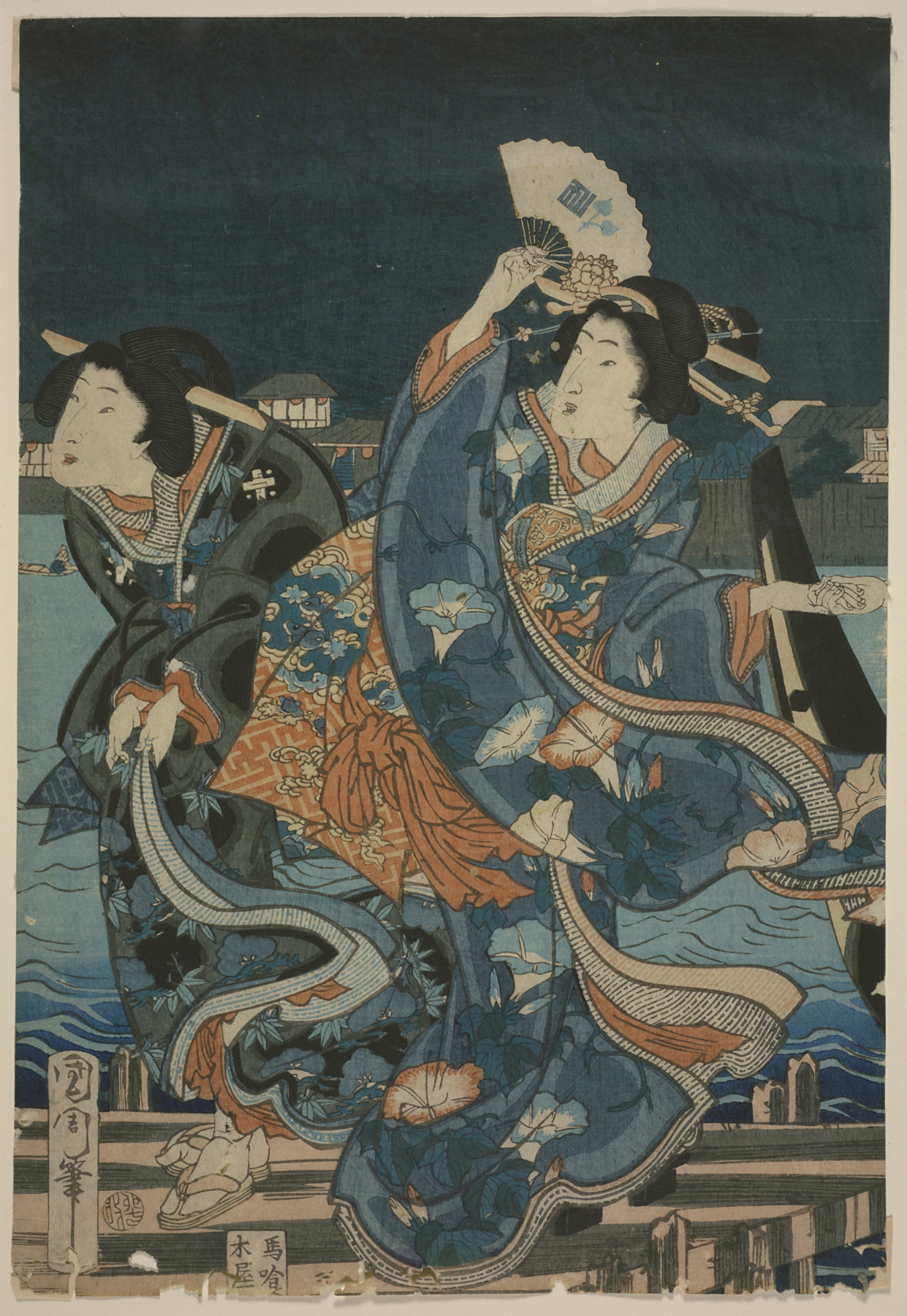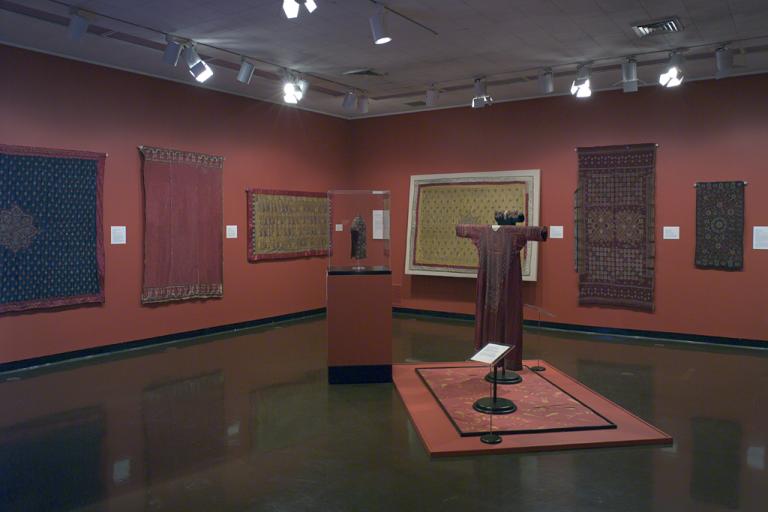Ryōgoku no seiran (Clear Breeze by the Ryōgoku Bridge), Toyohara Kunichika
Artwork Overview
Toyohara Kunichika, artist
1835–1900
Ryōgoku no seiran (Clear Breeze by the Ryōgoku Bridge),
1867, Edo period (1600–1868)
Portfolio/Series title: Edo hakkei no uchi (Eight Views of Edo)
Where object was made: Japan
Material/technique: color woodcut
Dimensions:
Image Dimensions Height/Width (Height x Width): 347 x 235 mm
Image Dimensions Height/Width (Height x Width): 13 11/16 x 9 1/4 in
Sheet/Paper Dimensions (Height x Width): 347 x 235 mm
Sheet/Paper Dimensions (Height x Width): 13 11/16 x 9 1/4 in
Mat Dimensions (Height x Width): 17 1/2 x 34 in
Image Dimensions Height/Width (Height x Width): 347 x 235 mm
Image Dimensions Height/Width (Height x Width): 13 11/16 x 9 1/4 in
Sheet/Paper Dimensions (Height x Width): 347 x 235 mm
Sheet/Paper Dimensions (Height x Width): 13 11/16 x 9 1/4 in
Mat Dimensions (Height x Width): 17 1/2 x 34 in
Credit line: Gift of Dr. and Mrs. George A. Colom
Accession number: 1994.0083.b
Not on display
If you wish to reproduce this image, please submit an image request


